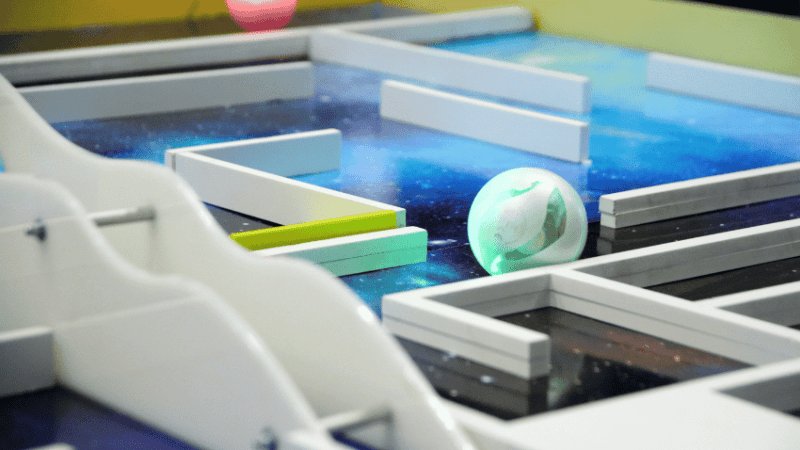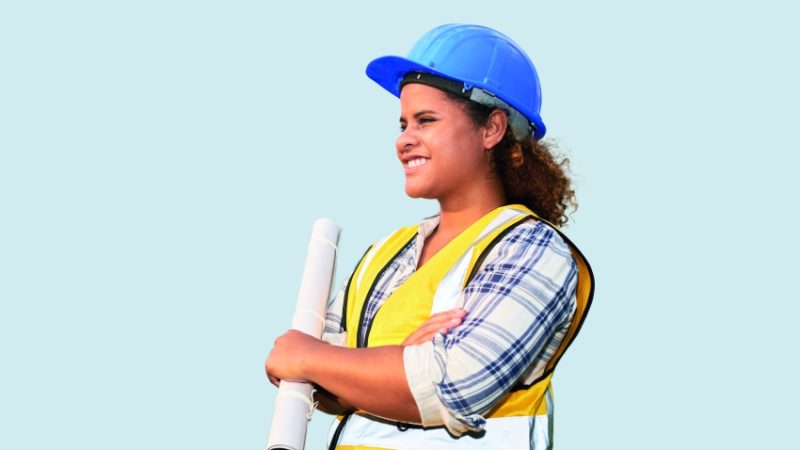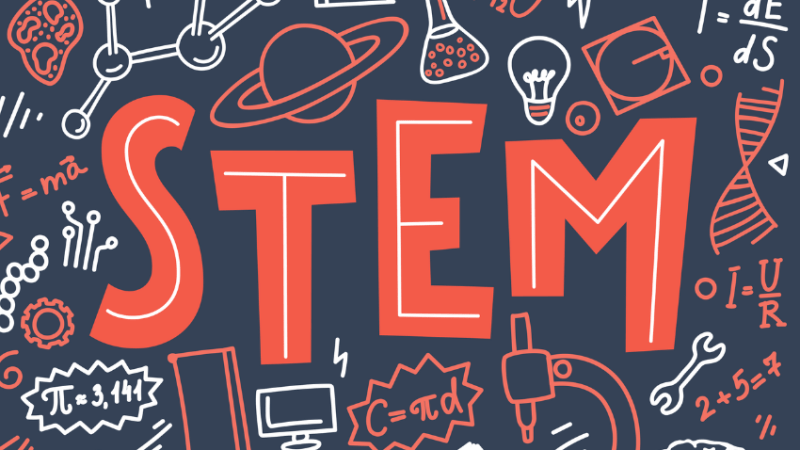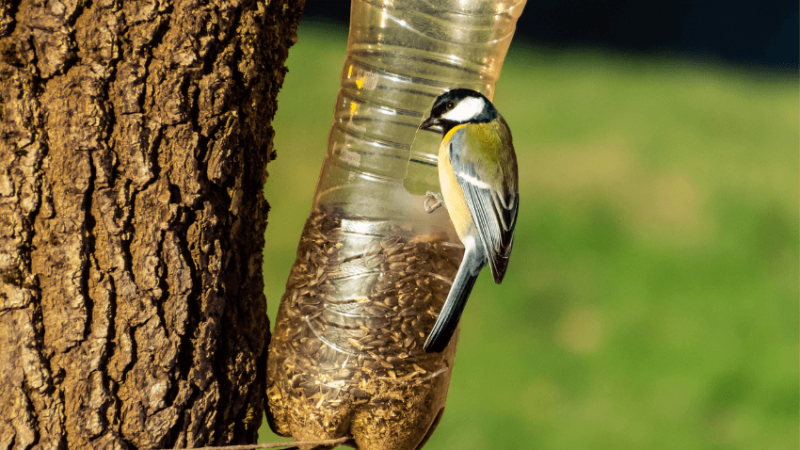Primary school STEM – 4 hands-on KS1 STEM ideas and activities
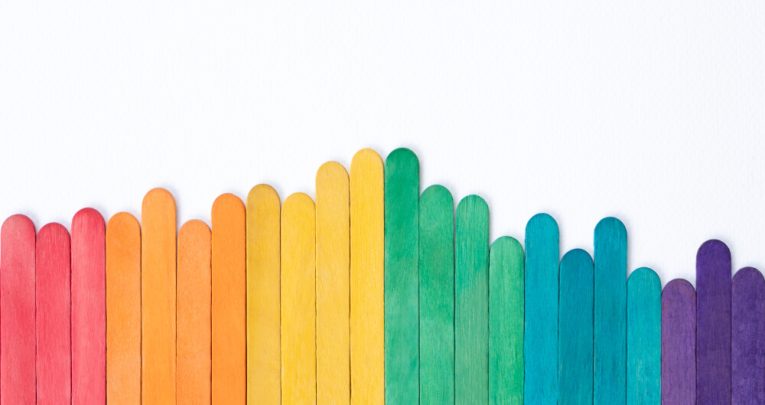
Get hands-on in Key Stage 1 with these STEM activity ideas from Laura Cross…
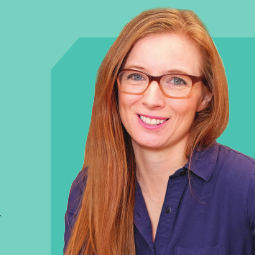
- by Laura Cross
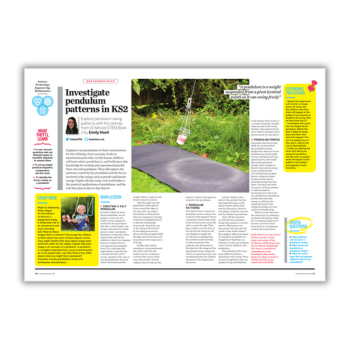
Covering STEM in primary schools all too often involves hiring an expert for one week per year.
Chances are, many of your KS1 pupils are regularly building and creating at home, whether that’s with Lego, junk modelling or even Minecraft.
You can help develop these creative engineering and technology skills within a purposeful classroom learning environment with these simple ideas.
You’ll only need a few basic resources and once you get started, you’ll realise how much fun it can be to teach STEM on a regular basis.
1 | Build a boat
What you’ll need: aluminium foil, weights (eg coins), trays of water
The hook: Read Who Sank the Boat? by Pamela Allen or look at photos of different boats. Discuss floating and misconceptions around heavy things always sinking.
Activity (20 mins): Give each group three squares of aluminium foil and some weights. Ask them to design and build three different boats (different shapes, side heights, sizes, etc) to hold weights. Ask the children to make predictions then test these out. While buoyancy and upthrust are not KS1 content, the enquiry and experimentation needed in this activity make it great for STEM skills practice. Take it further: Give children junk materials, tape and scissors to build a boat for toy characters. How can they make the boat waterproof? What can keep the boat afloat? Can they build a boat that will keep a can of food afloat?
Shoot a film
What you’ll need: iPad or tablet per small group with free Stop Motion Studio app downloaded, paper, pencil, counters
The hook: Show pupils a short simple stop-motion video online. Discuss how long these take to make and the need to be slow and precise.
Activity (15 mins): Each group should use a pencil to lightly draw a line, shape or word across a piece of paper. Put a counter at one end. Next, one child holds the iPad still and snaps the first photo. Other group members move the object along the lines a tiny bit, taking a photo at each new location. Use at least 20 photos. Press play and watch the film, then reflect on the results and consider what could be improved. It’s worth having a go at shooting your own stop-motion film beforehand so you can take children through the steps carefully.
Take it further: Create a 2D stop-motion picture linked to a topic you’re covering. Draw a background on one piece of paper and then separately draw and cut out a moving piece. For example, this could be a garden with a butterfly as the moving piece. Create stop-motion videos with the moving piece and try incorporating other moving parts too. Stop-motion can be linked to literacy and class topics as pupils make videos of their own 3D stories.
2 | Make a pulley
What you’ll need: string/wool, pencils, junk modelling materials including small pots, tape, scissors
The hook: Read or paraphrase the fairy tale Rapunzel and discuss how engineers, designers and inventors always start with a problem they want to solve.
Activity (30-45 mins): Empathise with Rapunzel as a class to identify the problems she faces (does she get headaches?). Narrow in on solving the problem of getting things up her tower without climbing her hair and discuss some possible solutions. Introduce pulleys with examples of how they’re used to lift heavy things by looping the rope over a wheel or wheels. While pulleys themselves are KS2 content, this is a great extended activity to get children thinking about machines and solving problems. In groups, children can build their own pulleys as follows:
- Build a tower out of boxes, tubes etc. Focus on strength and stability
- Model making a basket out of a small cup or container and tying the string on
- Add something to the top of the tower to function as the pulley for the string to loop over. This could be a pencil, straw or bottle neck
- Loop the string over the pulley and have children pull down to make the basket go up
3 | Construct with craft sticks
What you’ll need: Every classroom should have a collection of craft sticks for engineering practice. Add some tape, paper cups and pegs and you’ll have a term’s worth of short engineering challenges.
Activity (15 mins): There are hundreds of possible craft stick challenges, but simple ones to start with include:
- Tallest tower with craft sticks and tape
- Tallest tower with craft sticks and paper cups
- Bridge across a 15cm gap with craft sticks and tape
- Build the best catapult – measure the distance an object is thrown
Pupils will start to better understand how to construct frames as they progress through different challenges. Let them start with their own structures before showing examples. Why not finish every Friday afternoon with a craft stick challenge?
4 | Invent with junk
What you’ll need: paper, pencil, junk modelling materials, tape, scissors.
The hook: Read Izzy Gizmo by Pip Jones to discuss finding solutions to problems by inventing new things.
Activity (20 mins): Come up with a problem as a class, perhaps linked to a class topic, or give each group their own simple problem, eg ‘You are a bird and haven’t got anywhere for your bird family to live.’ Give each small group a random selection of junk modelling materials plus tape and scissors. Give them a time limit to come up with a solution to their problem using the materials. If time allows they could draw and label the invention first before they start building and present these to the rest of the class.
How to develop pupils’ STEM skills
- Arrange opportunities for children to work in small groups. This improves collaboration and communication
- Emphasise experimentation and enquiry. Allow children to form predictions and make discoveries themselves
- Encourage problem-solving. When pupils ask for help, use questioning to encourage them to find their own solutions
- Make time to reflect at the end of every activity. What went well? What could they improve?
- Start collecting junk modelling materials and build your own engineering supply box containing tape, craft sticks, straws, string, foil, cling film, etc
Laura Cross is a former primary teacher and worked as head of curriculum at a Californian edtech company. She set up Inventors & Makers (@inventorsm) in 2019 and runs workshops and classes focusing on STEM, design and 21st-century skills.




